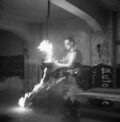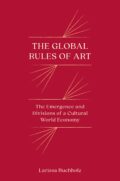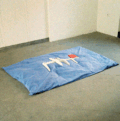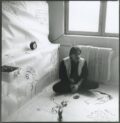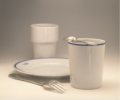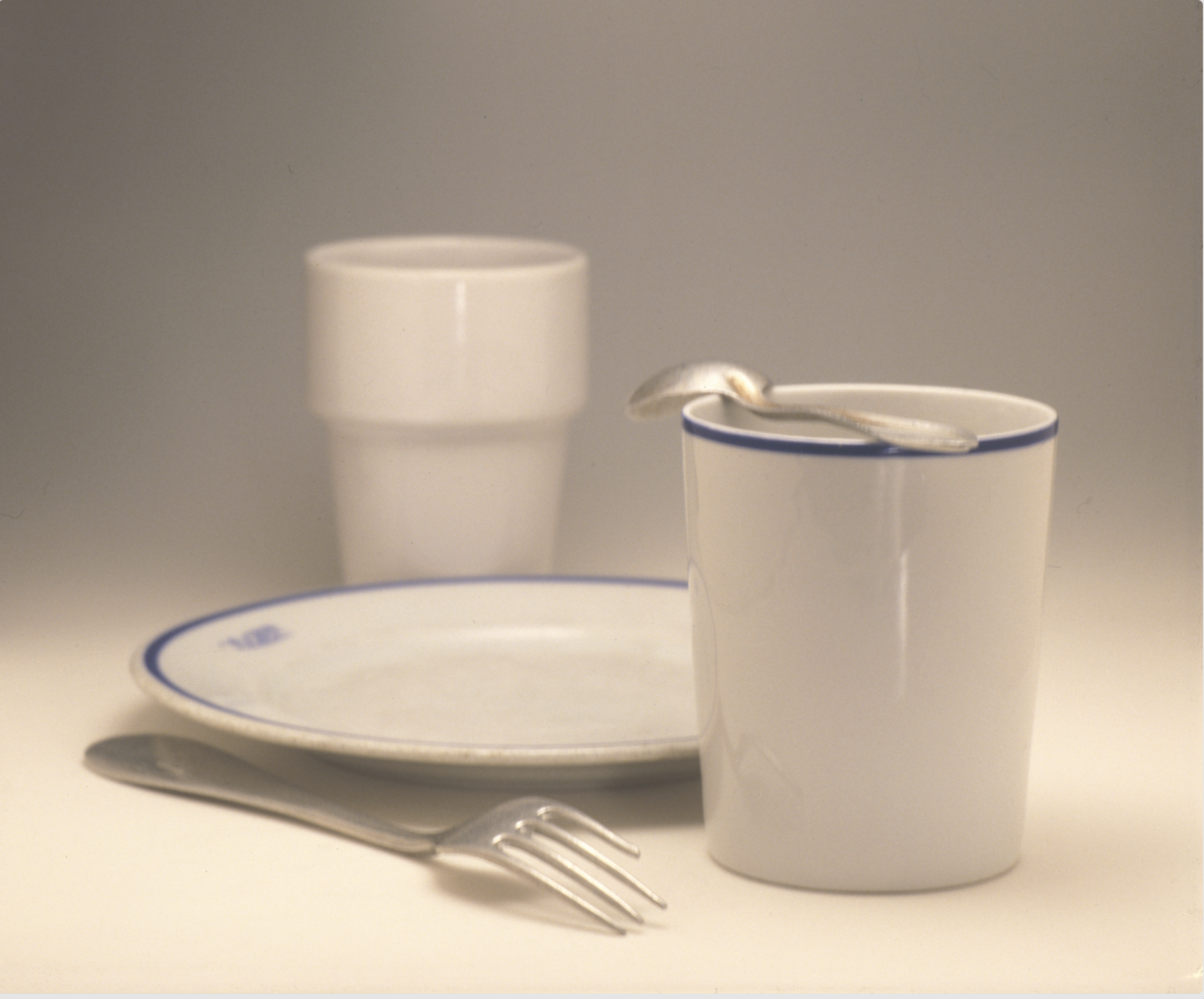
Title
The Gastarbeiter of the Transformation Notes on Piotr Uklański’s Works from the Early 1990s
https://doi.org/10.48285/ASPWAW.29564158.MCE.2024.10.16EN
Piotr Uklański, transformation, 1990s, performance
https://miejsce.asp.waw.pl/en/gastarbeiter-transformacji/
Keywords
Piotr Uklański, transformation, 1990s, performance
DOI
Piotr Uklański’s early artistic practice coincided with the post-communist transformation in Poland. He began his studies at the Academy of Fine Arts in Warsaw in 1988, and in 1989 joined an experimental studio class led by the neo-avant-garde artist Marek Konieczny. In 1991, after Konieczny’s contract was not renewed, Uklański decided to discontinue his studies and left for the United States. In New York, he worked in a photography studio while also studying at Cooper Union, where he took classes with Hans Haacke.
At the time, Uklański frequently returned to Poland. He maintained contact with Konieczny and also with Zbigniew Warpechowski, whom he met at the Academy through Cezary Bodzianowski, another of Konieczny’s students. Uklański regarded Warpechowski as a second mentor. Alongside Bodzianowski, he often visited Warpechowski at his home in Sandomierz. Warpechowski introduced Uklański to the Polish art scene of the early 1990s. On his recommendation, Uklański presented a performance titled Duel for One [Pojedynek w pojedynkę] in 1993 at the BWA Gallery in Sandomierz. In 1994, at Warpechowski’s invitation, he took part in an artist residency in Przemyśl, where he exhibited a photographic self-portrait in the window of Jan Kuziński’s barbershop (High Density Color – High Definition Lips).
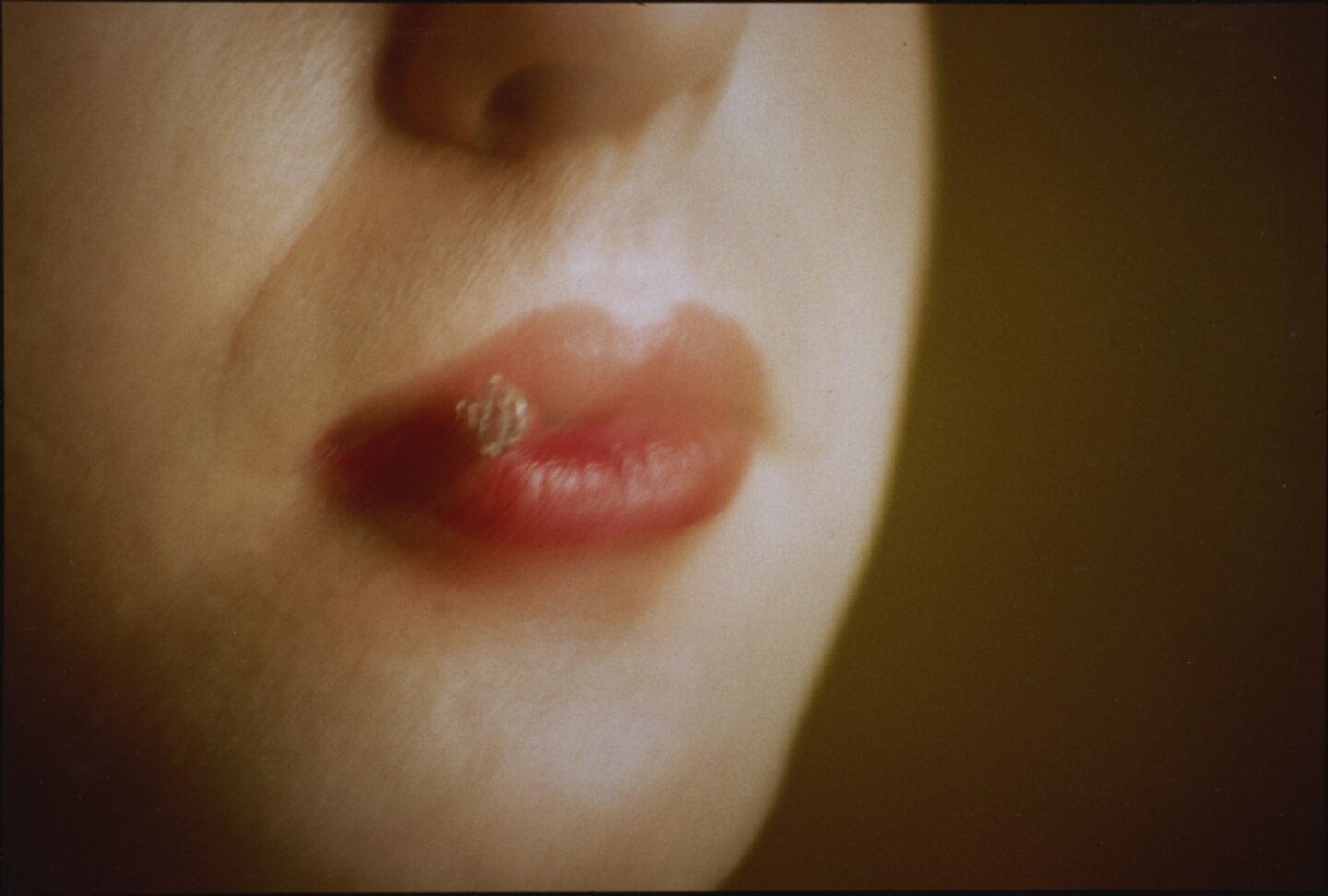

In 1995, Uklański had his formal debut at Galeria Grodzka in Lublin, a branch of the local BWA Gallery, known for its neo-avant-garde programming. There, he carried out a performance (in which he polished the gallery floor together with a cleaning lady) and held an exhibition titled Life As It Should Be™ [Życie jako powinno być™]. Although the main exhibition took place in the gallery, some of the works were installed in a nearby milk bar and in the station cafeteria. Around this time, Uklański began increasingly producing and exhibiting work in the West. In 1998, he left his commercial job in the photography studio in New York to focus fully on his artistic practice.
Uklański’s early works can be seen as an archive of the post-communist transformation. On the one hand, they form an archive of potentiality – of possibilities for change, hope, and emancipation – still palpable in the 1990s, though for the most part unrealized.1 On the other hand, these works can be read retrospectively as unsettling figures of transformation, duality, misfit, dysfunction, or incompatibility. They are often weird in the sense described by Mark Fisher: elements of social reality that resist assimilation or “working through,” because they constitute an aesthetic and political scandal.2
In the performance Duel for One, Uklański dipped his hands – covered in tomato skins –into tomato soup. The photographs exhibited in Life As It Should Be™ appear at first glance to depict banal, everyday household items: glasses, mugs, saucers. They seem to have been taken from an earlier, socialist era. Yet something has shifted: each image contains an error or anomaly. Sugar cubes are bitten or soaked in tea, a fork is missing a prong, someone drinking tea stabs themselves in the cheek with a spoon, a porcelain mug is fitted with a plastic lid. These slight displacements – small disruptions that mark the gradual displacement of the old world by the new – signify an ongoing tectonic change, slow and monumental.
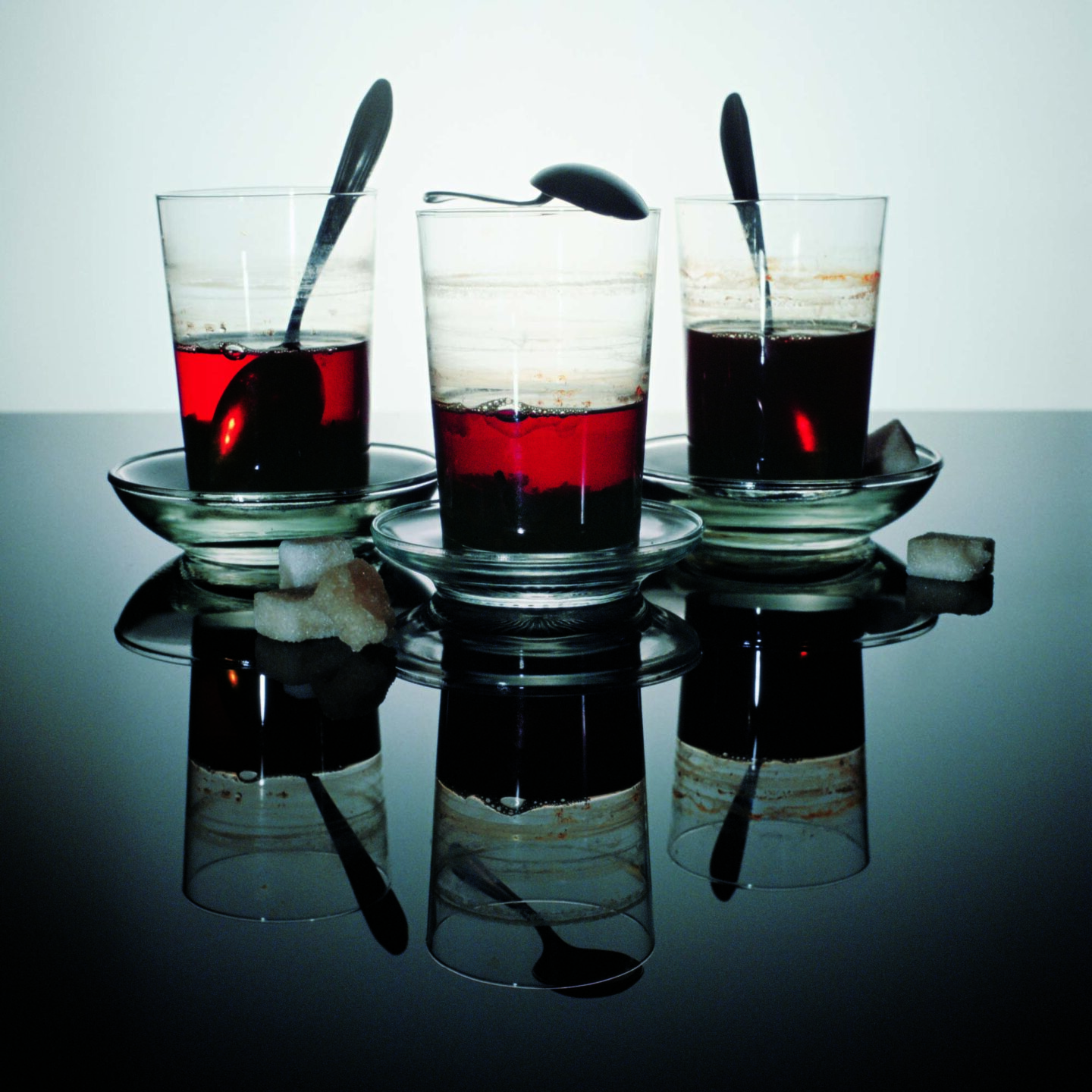
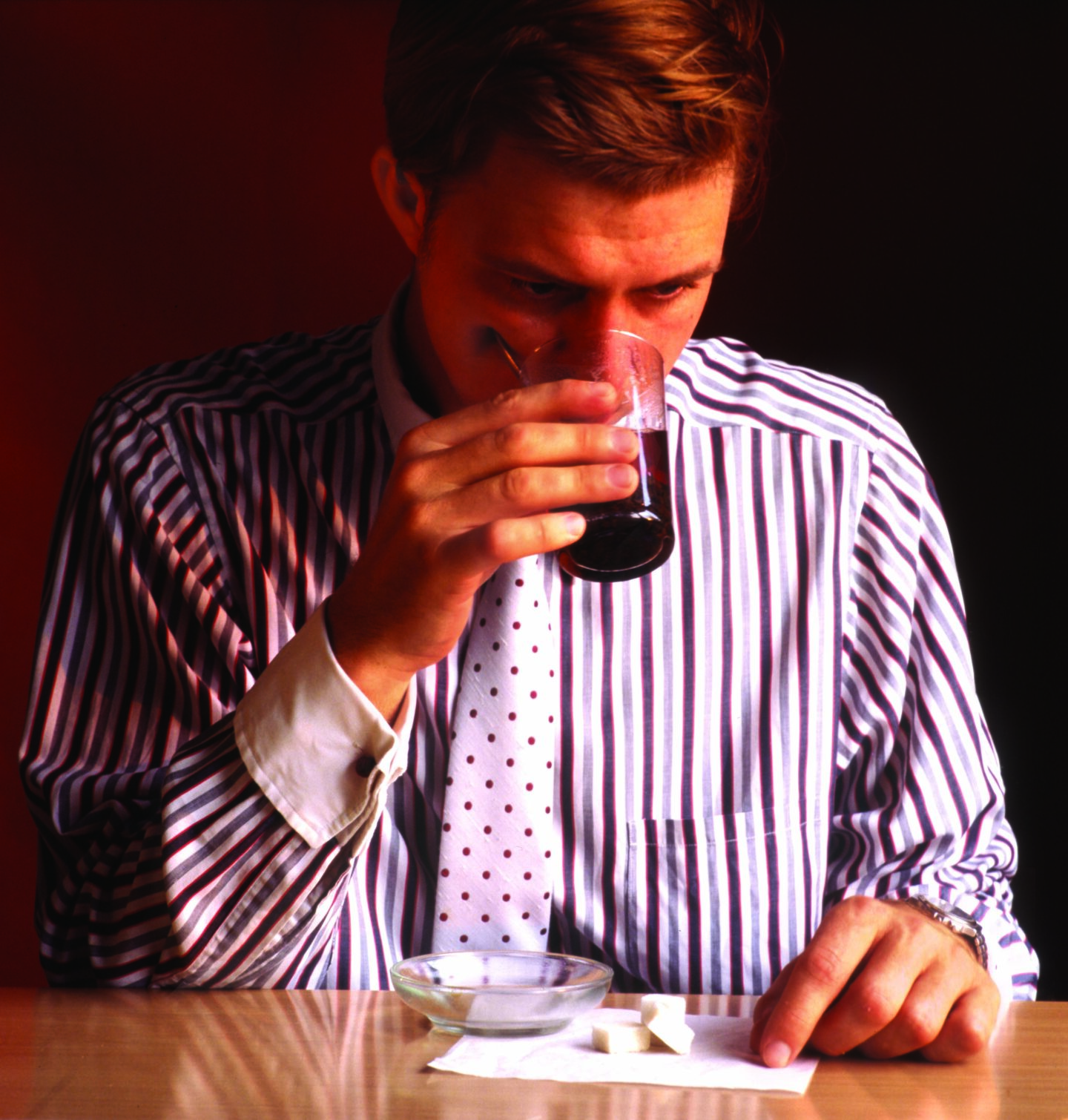
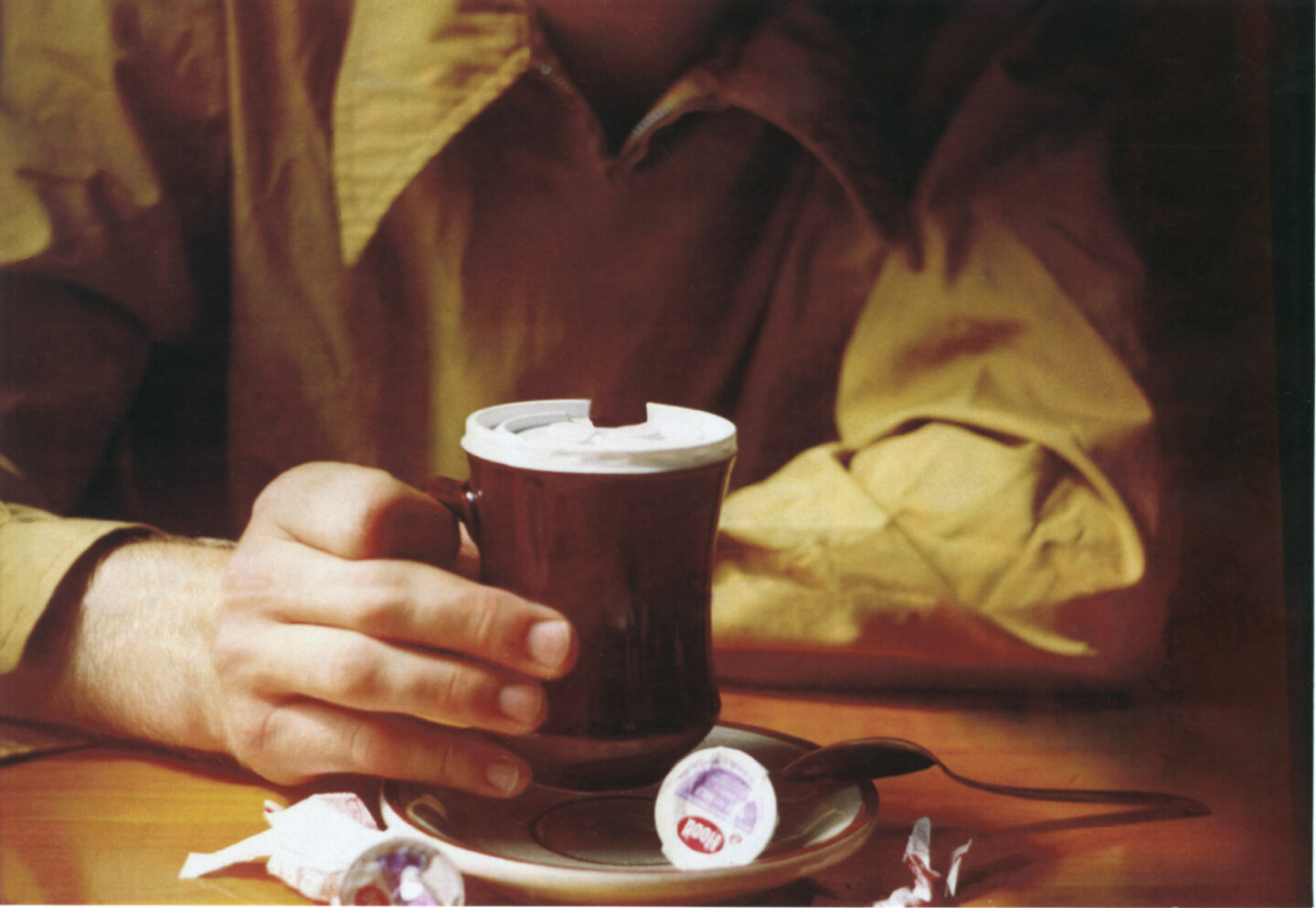
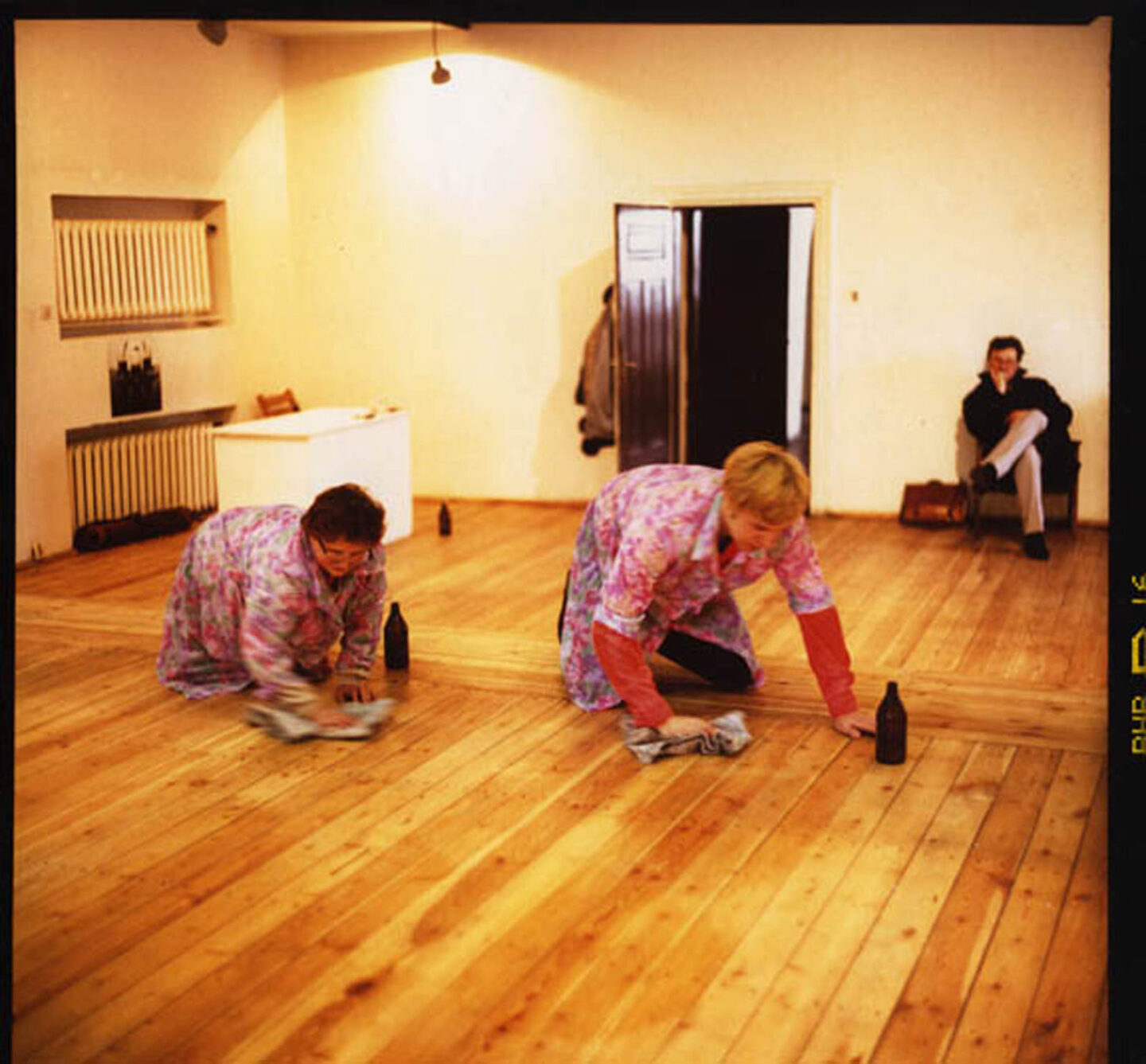
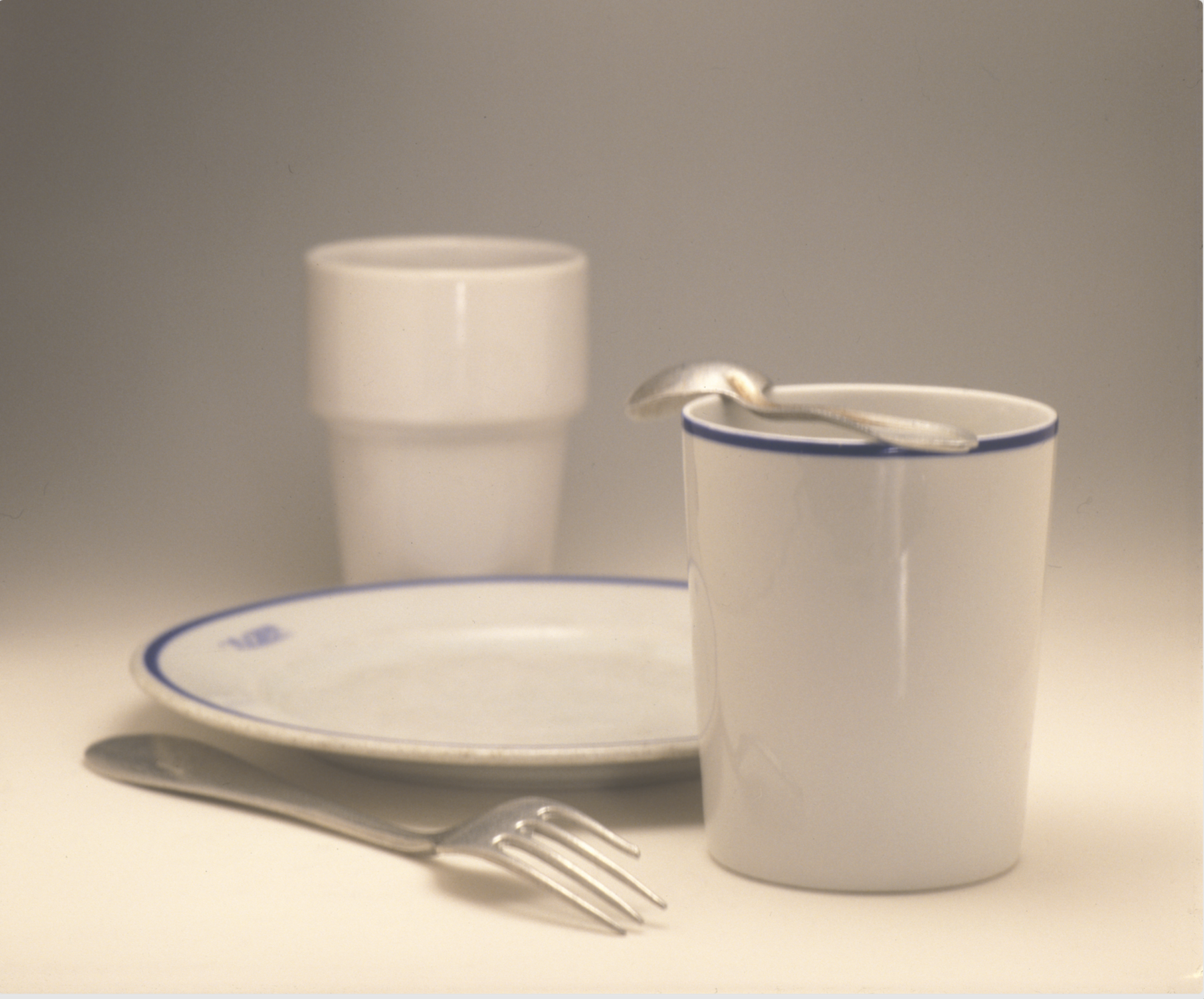
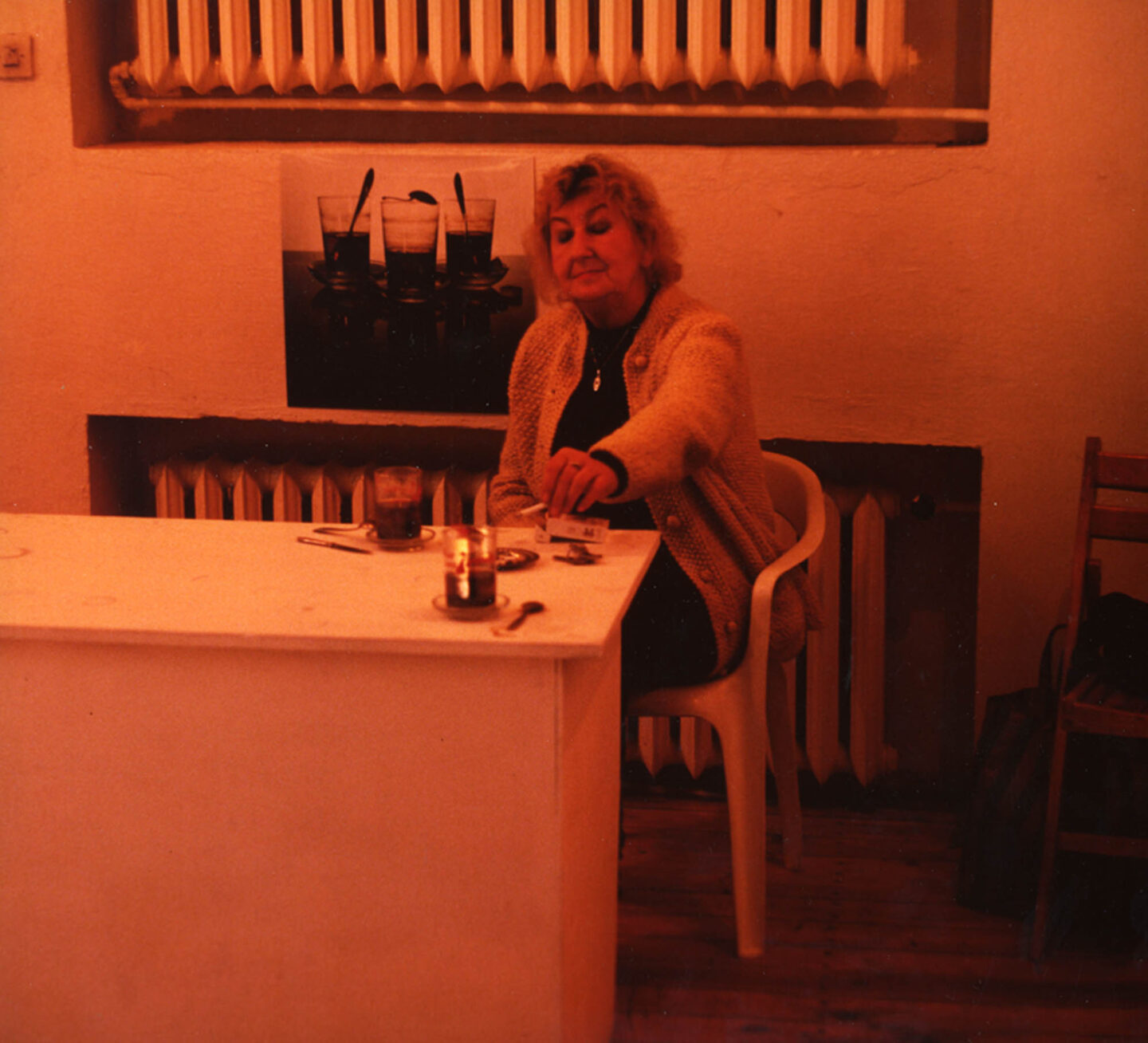
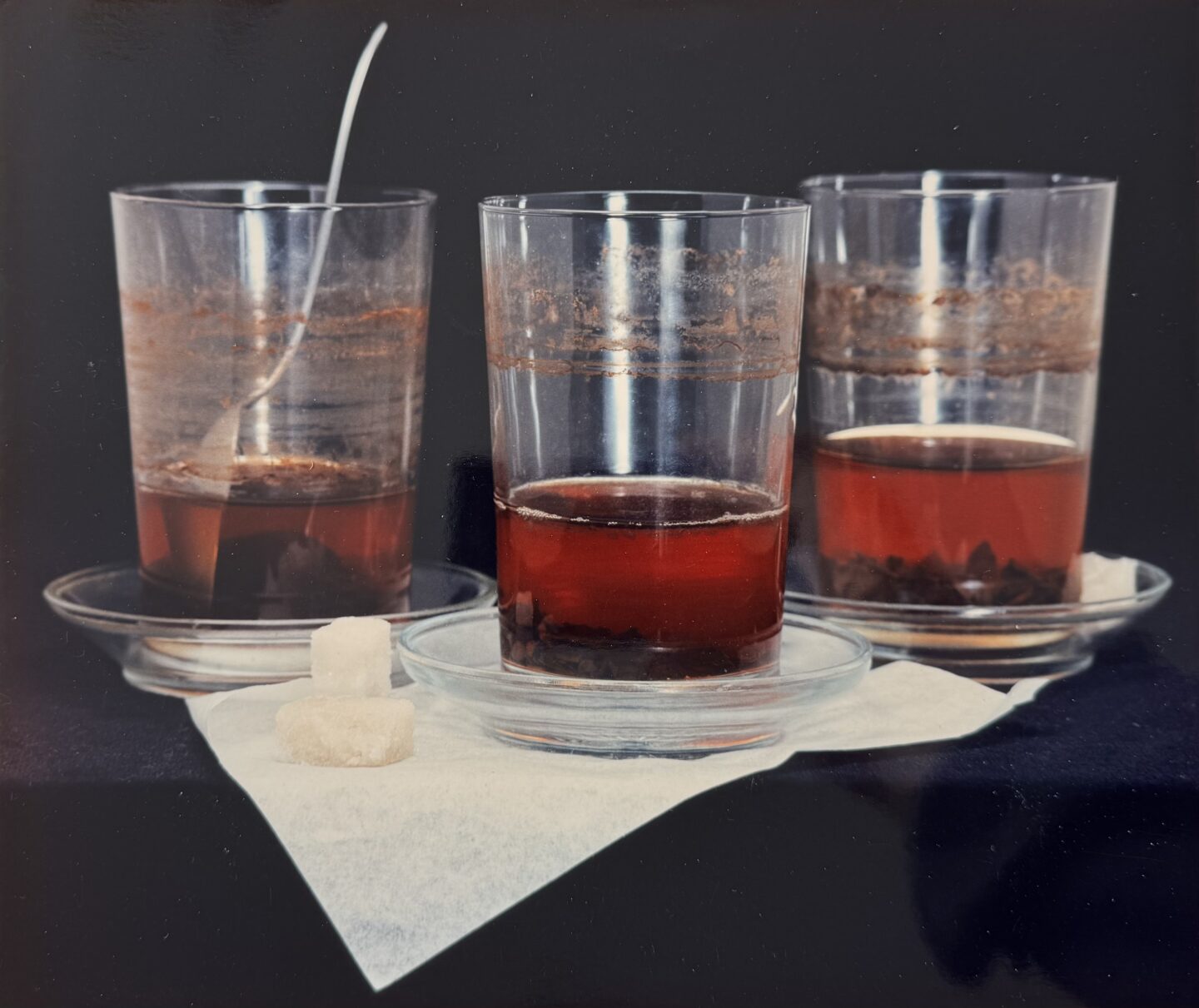
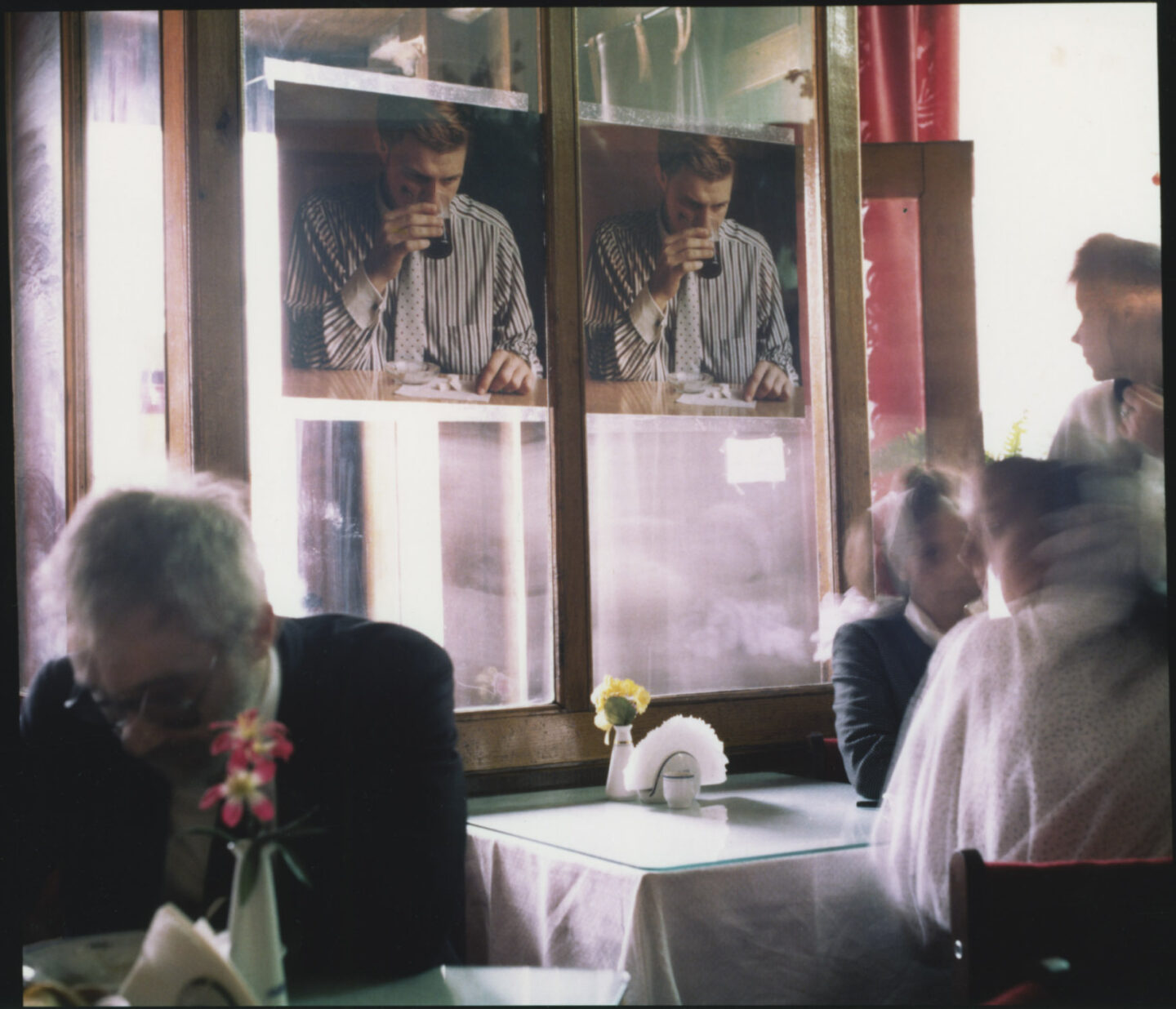
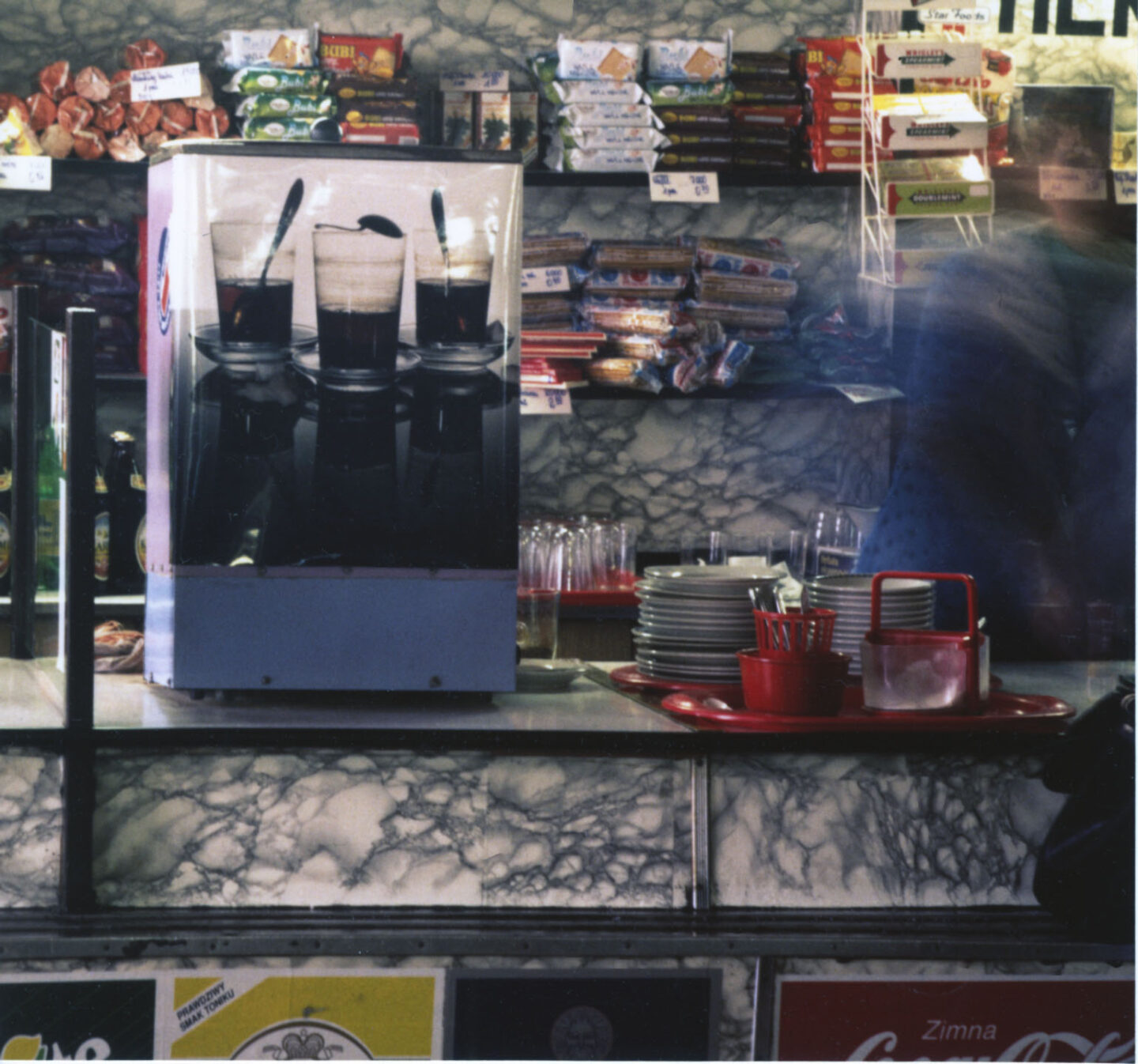
In High Density Color – High Definition Lips, Uklański presents himself with lipstick and a cigarette. Displayed in the window of an old barbershop, the image is literally queer: something strange and disruptive – both visually and affectively – of prevailing norms and conventions.
In a 1995 performance staged in a Swedish shopping mall, Uklański used the motif of climbing. Upward drive toward success is one of the key figures of the post-communist transformation. In another work, the artist himself appears – an emigrant in search of a better future in the United States, like many others, including the European Cleaning Lady (Reasonable Rates) (1993). Uklański may have had reason for optimism: in the performance Untitled (Psychic Reader & Advisor’s Session), a fortune teller predicted his future success (for a small fee). Dreams of Western prosperity – wildly idealized – were shared by nearly an entire generation coming of age in the twilight of communism. At the time, even the smallest traces of the West, cherished like sacred relics, were enough: empty soda cans or covers of glossy magazines. Uklański’s mother collected a whole wall of them – she is the subject of Untitled (Ul. Promyka 1 m. 69) [1 Promyka Street, Apartment 69]. The title references the address of the Uklański family’s apartment in a massive socialist-era housing block in Warsaw.

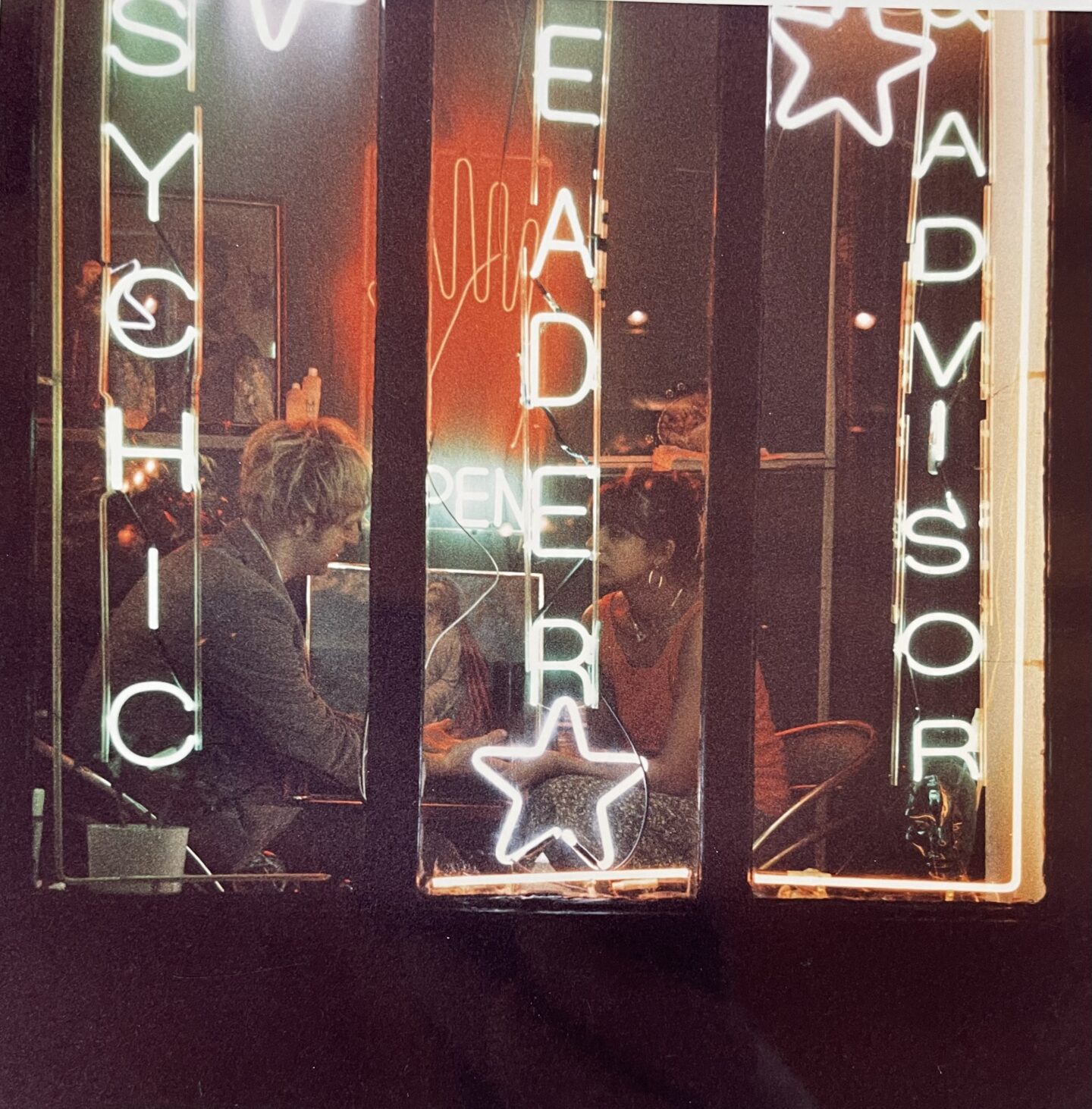

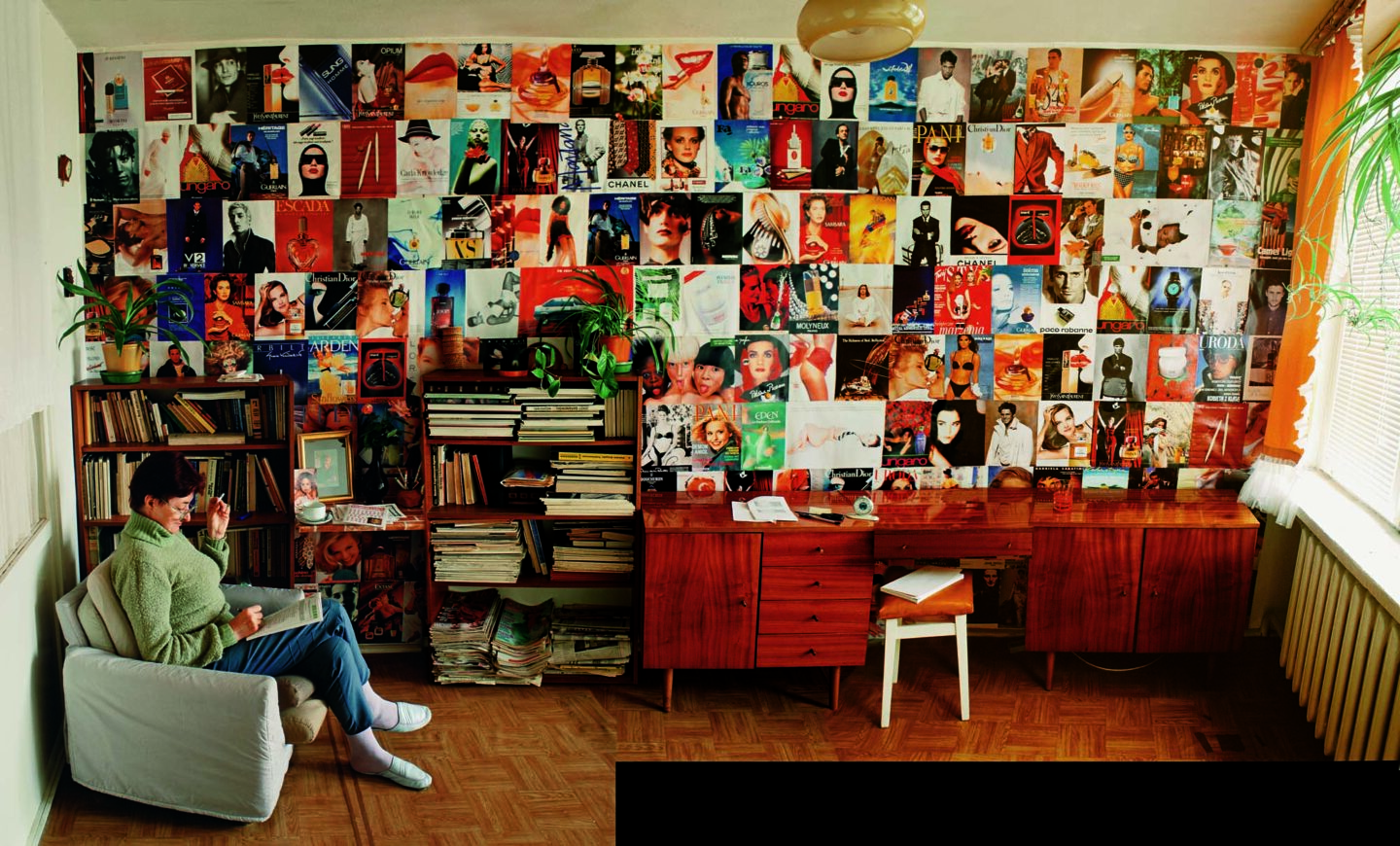
Uklański’s earliest works, produced in Poland, are usually overlooked in discussions of his oeuvre. Quite the opposite is true of Untitled (Dance Floor), created in 1996 at Gavin Brown’s Enterprise in New York. Perhaps this is due to the way the piece was received: as a textbook example of how, during the transition period, art from Eastern European peripheries was appropriated by the hegemonic discourses of the Western center – in this case, relational aesthetics, through which Untitled (Dance Floor) was most commonly interpreted. Yet the work also recalls the dance floors aboard ferries traveling from Poland to Sweden in the late 1980s and early 1990s – ferries frequented by Polish gastarbeiters. Uklański was one of them.
Translated by Karol Waniek
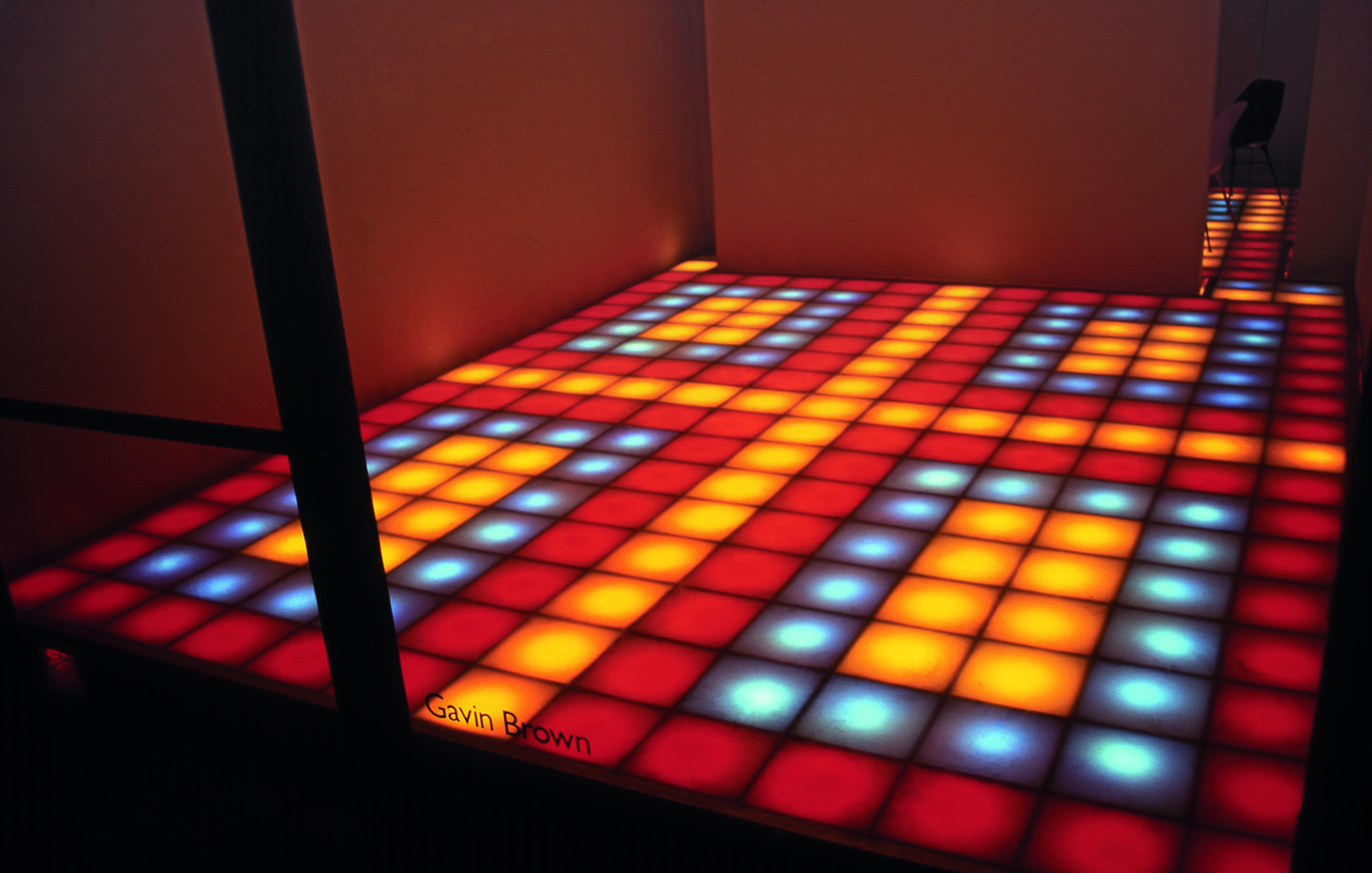
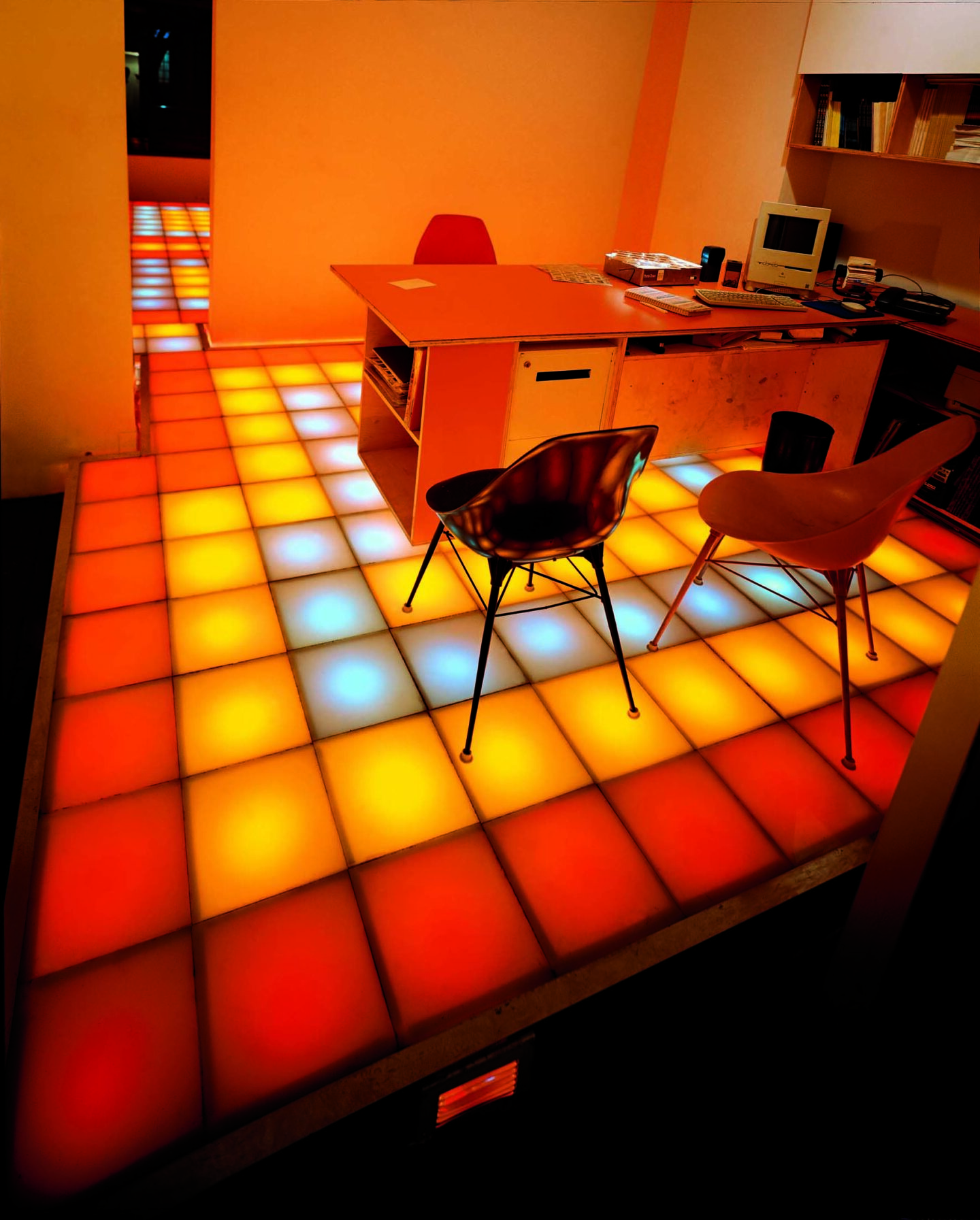
Jakub Banasiak
PhD, Assistant Professor at the Academy of Fine Arts in Warsaw, Faculty of Artistic Research and Curatorial Studies. His research focus lies on state art system under the socialist period, as well as on art of the post-communist transformation era. He is the author of the book titled “Proteous Times. The Decay of the State Art System 1982–1993” (2020), for which he was nominated for the Jan Długosz Award. He is a member of the editorial board of the academic journal Miejsce, and editor-in-chief of Szum art magazine. He is an author of a number of texts, both in the field of art criticism and academic writing. He also curated the exhibition entitled „Tectonic Movements” at the Museum of Art in Łódź (2022), where he has presented the results of his research on Polish art of the 1980s and 1990s.








